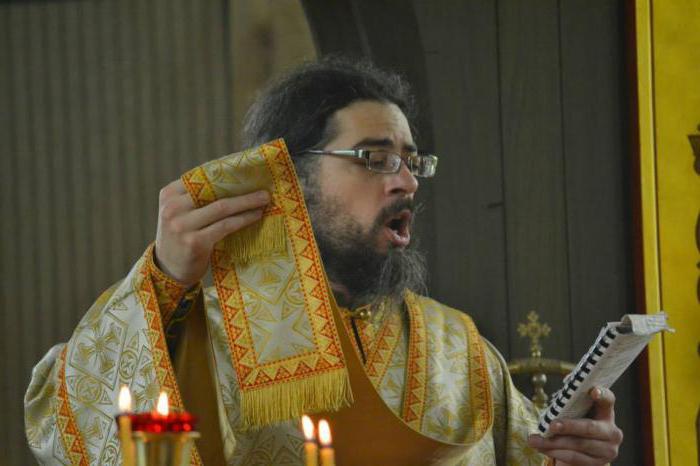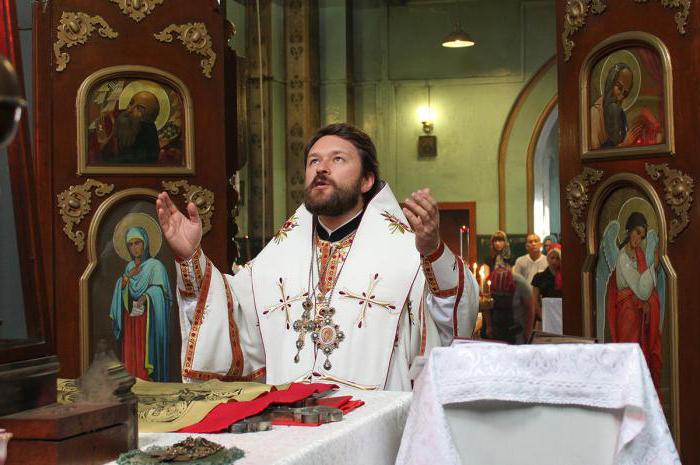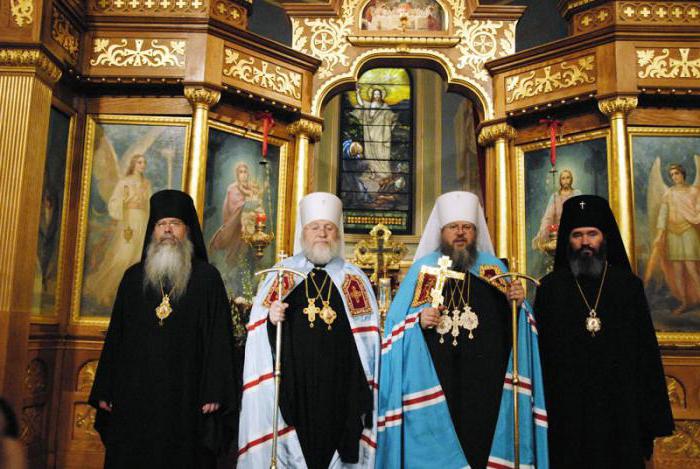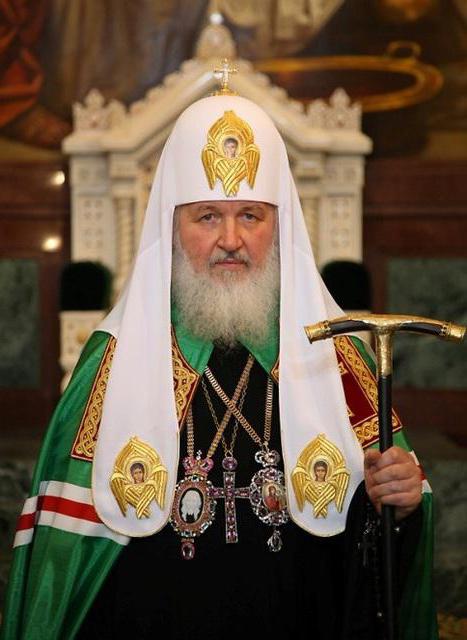The priesthood of the Russian Orthodox Church is divided into three degrees, established by the holy apostles: deacons, priests and bishops. The first two include both clergymen belonging to the white (married) clergy, and black (monastic). In the last, third degree, only persons who have received monastic tonsure are raised. According to this order, all church ranks and positions of Orthodox Christians are established.

Church hierarchy from Old Testament times
The order in which the church ranks of Orthodox Christians are divided into three different degrees dates back to Old Testament times. This happens due to religious continuity. It is known from the Holy Scriptures that approximately one and a half thousand years before the birth of Christ, special people — high priests, priests, and Levites — were chosen as the founder of Judaism by the prophet Moses. It is with them that our modern church ranks and positions are connected.
The first of the high priests was the brother of Moses - Aaron, and his sons, who led all the services, became priests. But, in order to perform numerous sacrifices, which were an integral part of religious rituals, assistants were needed. They became the Levites - the descendants of Levi, the son of the forefather Jacob. These three categories of clergy of the Old Testament era became the basis on which today all the church ranks of the Orthodox Church are built.
Lower priesthood
Considering the church ranks in ascending order, one should start with deacons. This is the lowest priestly office, at the ordination in which God's grace is acquired, which is necessary to fulfill the role that is assigned to them during worship. The deacon does not have the right to independently conduct church services and perform sacraments, but is only obliged to help the priest. A monk ordained deacon is called a hierodeacon.

Deacons who have served for quite a long period of time and have proven themselves well receive the title of protodeacon (senior deacon) in the white clergy, and archdeacon in the black. The privilege of the latter is the right to serve with the bishop.
It should be noted that today all church services are built in such a way that, in the absence of deacons, they can be performed without any difficulty by priests or bishops. Therefore, the participation of the deacon in the service, not being obligatory, is, rather, his decoration, than an integral part. As a result, in separate parishes where serious financial difficulties are felt, this staff unit is being reduced.
The second stage of the priestly hierarchy
Considering further the church ranks in ascending order, we should dwell on priests. The possessors of this dignity are also called presbyters (in Greek, "old man"), or priests, and in monasticism, hieromonks. Compared to deacons, this is a higher level of priesthood. Accordingly, even when ordained, a great degree of the Grace of the Holy Spirit is gained in him.

Since Gospel times, priests have been leading worship services and have been empowered to perform most holy ordinances, including all but ordination, that is, elevation to the dignity, as well as the consecration of antimins and the world. In accordance with the duties assigned to them, priests lead the religious life of urban and rural parishes, where they can hold the post of rector. The priest is directly subordinate to the bishop.
For a long and impeccable service, the priest of the white clergy is encouraged by the rank of archpriest (chief priest) or protopresbyter, and black - by the rank of hegumen. Among the monastic clergy, the abbot, as a rule, is appointed to the post of rector of an ordinary monastery or parish. In the event that he is instructed to head a large monastery or laurel, he is called an archimandrite, which is an even higher and honorary title. It is from archimandrites that an episcopate is formed.
Bishops of the Orthodox Church
Further, listing the church ranks in ascending order, it is necessary to pay special attention to the highest group of hierarchs - bishops. They belong to the category of clergymen, called bishops, that is, the rulers of priests. Having received upon ordination the greatest degree of the Grace of the Holy Spirit, they have the right to perform all church ordinances without exception. They are given the right not only to conduct any church services themselves, but also to ordain deacons to the priesthood.

According to the Church Charter, all bishops possess an equal degree of priesthood, while the most deserving of them are called archbishops. A special group consists of metropolitan bishops called metropolitans. This name comes from the Greek word "metropolis", which means "capital". In cases where another is appointed to help one bishop holding a high position, he bears the title of vicar, that is, deputy. The bishop is placed at the head of the parishes of a whole region, called in this case the diocese.
Primate of the Orthodox Church
And finally, the highest rank in the church hierarchy is the patriarch. He is elected by the Council of Bishops and, together with the Holy Synod, administers the entire local church. According to the Charter, adopted in 2000, the dignity of the patriarch is life-long, but in some cases the bishop's court is given the right to trial him, depose and decide on his retirement.

In those cases when the patriarchal chair is vacant, the Holy Synod shall elect from among its permanent members the locum tenens, who shall perform the functions of the patriarch until his legal election.
Church clergy without the grace of God
Mentioning all the church ranks in ascending order and returning to the very foundation of the hierarchical ladder, it should be noted that in the church, in addition to clergymen, that is, clergy who have passed the sacrament of ordination and who have been able to receive the Grace of the Holy Spirit, there is still a lower category - clergymen. These include subdeacons, psalmists, and ponomari. Despite their church service, they are not priests, and they are accepted to vacant places without ordination, but only with the blessing of the bishop or archpriest - rector of the parish.
The duties of the psalm-reader include reading and singing during church services and when fulfilling the priest's requirements. The sexton is entrusted with convening the parishioners with a ringing bell to the church at the beginning of the services, making sure that candles are lit in the church, if necessary, help the psalmist and give the censer to the priest or deacon.
The subdeacons also take part in divine services, but only with the bishops. Their duties are to help Vladyka put on his clothes before starting the service and, if necessary, change the vestments in her process. In addition, the subdeacon gives the bishop lamps - dicirius and tricirium - for the blessing of worshipers in the temple.

Legacy of the Holy Apostles
We reviewed all church ranks in ascending order. In Russia and other Orthodox nations, these ranks bear the blessing of the holy apostles - disciples and followers of Jesus Christ. It was they who, having become the founders of the earthly Church, established the existing order of the church hierarchy, taking as an example the Old Testament times.
